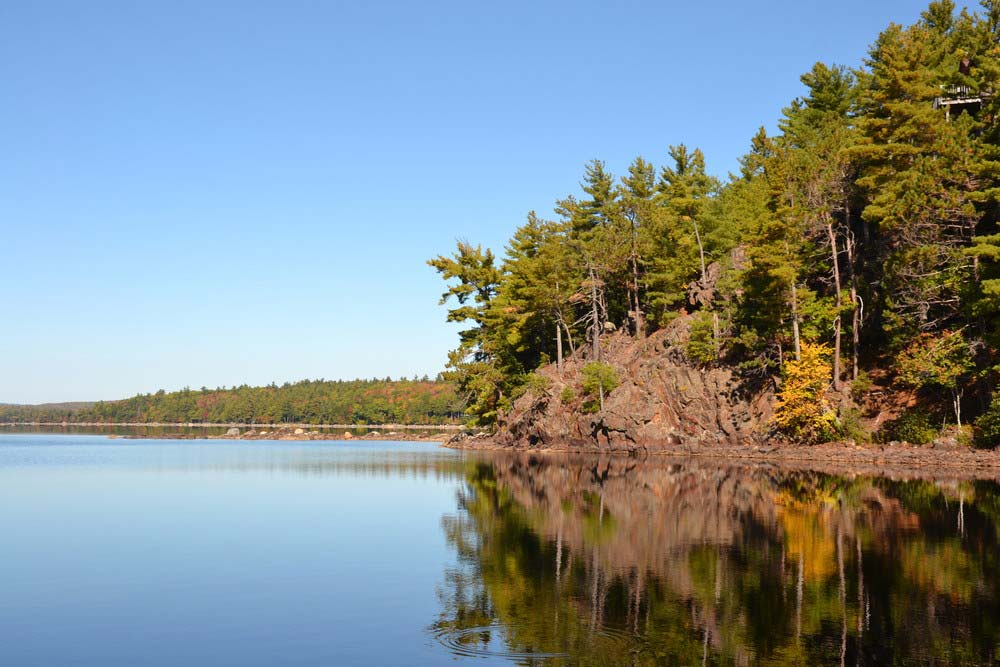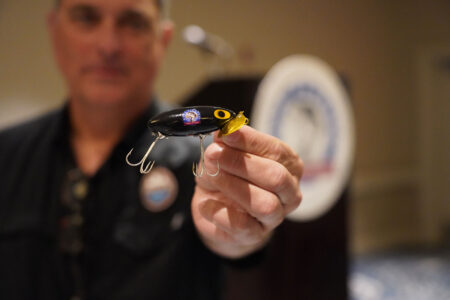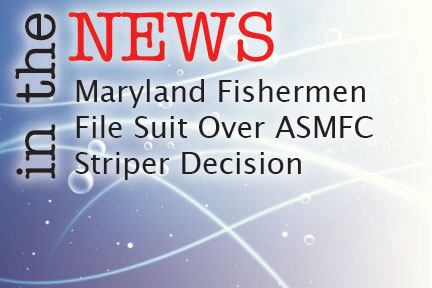
A proposal by the U.S. Fish & Wildlife Service is seeking to formally open a National Fish Hatchery in Maine to sport fishing. Soon, there may be a new honey hole to fish in the Ellsworth area. The Green Lake National Fish Hatchery in Ellsworth is part of a proposal from the U.S. Fish & Wildlife Service to expand public access to lands for the purpose of hunting and fishing. The proposal would open the waters near fish hatchery to sport fishing.
The area proposed is Reeds Brook, which flows between Graham Lake and Green Lake. Specifically, a four-acre (approximate) area between the Green Lake hydroelectric dam and the 180 (Mariaville Rd.) bridge is proposed to open. Fishing from the shoreline or with a boat, depending on water levels, would be permitted. Primary inhabitants of the waters include largemouth bass, smallmouth bass, sunfish, chain pickerel, and other warm water species. No special permits will be required, just a valid Maine fishing license.
Fishing will not be allowed within 50 feet from the hatchery raceways, pools, and fish culture areas, in an effort to maintain biosecurity of stocked fish populations. Fishing in the Green Lake Waterpower Company Hydro-electric tail race area from the shoreline is prohibited. There is no public shoreline access to Green Lake from the hatchery property. Anglers will be able to park their vehicles on the hatchery property while fishing in the area.
The Service intends to finalize the proposed changes before the upcoming 2021-2022 hunting seasons. The period for public comment closed on July 6. There’s no word yet on if or when the Green Lake National Fish Hatchery will open to fishing.
The hatchery raises eight river-specific strains of Atlantic salmon for the recovering endangered Atlantic salmon. According to the hatchery, “three out of every four Atlantic salmon returning to U.S. waters come from the Green Lake National Fish Hatchery.” The goal of the stocking program is to restore “self-sustaining” fish populations.



